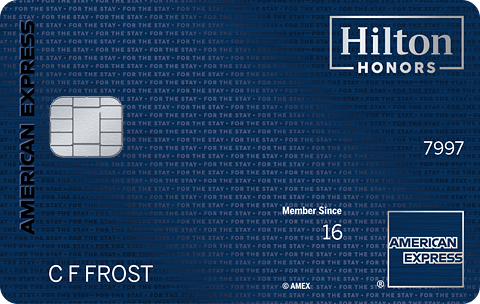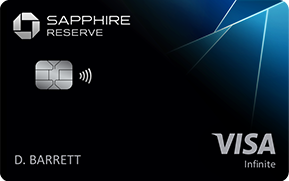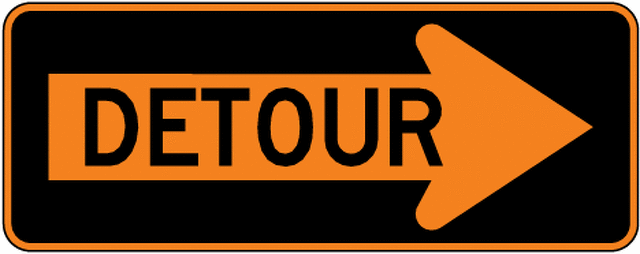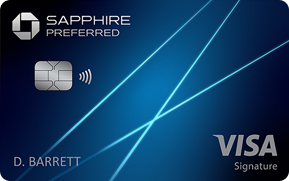
Welcome back to Choose Credit blog. After a brutal winter, spring is here and so are we!
Thanks again for such a great response to our first two posts: Credit or Debit? and Travel Rewards Cards: Where Do I Start?. Your comments, LIKES, and SHARES on Facebook, Twitter, and Instagram are welcome and appreciated!
Now that we know that: (1) credit ALMOST always beats debit; and (2) travel rewards are your best bet for points redemption; it’s time to take points to the next level!
ANNUAL FEES?
One of the most frequent questions I hear about credit cards relates to those cards which others perceive as having high annual fees: “Why would you pay that much for a card?! Aren’t you just throwing away money?”
My friends, there are two things to note in order to answer those questions:
1) A fundamental rule of credit card rewards: only #ChooseCredit cards that will allow you to earn additional value from your spending and provide sufficient benefits that you will actually take advantage of.
2) Premium cards are designed with benefits that will exceed the cost of the annual fee. If the benefits of a premium card don’t provide enough value for your particular situation, don’t get the card!
Rather than saying much more, #LetsGetToThePoints and show you what exceptional benefits some of the most popular premium cards can offer:

The Platinum Card from American Express
Annual Fee: $550 (NOTE: by combining the $200 annual travel rebate, $200 annual Uber credits, and $100 credit at Saks Fifth Avenue, the effective annual fee is only $50)
Bonus Offer: Earn 60,000 Membership Rewards points after spending $5,000 in the first three months.
Potential Bonus Value: $1,200 (One Membership Rewards point = approx. 2 cents when redeemed for travel)
Key Benefits:
5x points on flights booked directly with an airline/AMEX Travel AND hotels purchased through AMEX Travel.
$200 annual airline rebate for incidental fees
Up to $200 in annual Uber credits; $100 at Saks Fifth Avenue
Rebate for Global Entry/TSA PreCheck application fee
Centurion Lounge and Priority Pass lounge access; Delta Sky Club access when flying Delta
Complimentary Gold status at Hilton and Gold Elite status at Marriott Bonvoy

The Hilton Honors Aspire Card from American Express
Annual Fee: $450 (NOTE: this cost is easily offset by the $250 annual Hilton Resort credit and $250 annual airline fee credit)
Bonus Offer: Earn 150,000 Hilton Honors points after spending $4,000 in the first three months.
Potential Bonus Value: $900 (One Hilton Honors point = approx. 0.6 cents when redeemed for Hilton stays)
Key Benefits:
EXCEPTIONAL Combined Earning of 34+ points per dollar spent at Hilton properties (approx. 20.4% return):
-14x points per dollar spent at Hilton properties (approx. 8.4% return)
–Complimentary Hilton Honors DIAMOND status – a STEAL of a deal! This is Hilton’s highest elite status, which earns you an extra 20 points per dollar at most Hilton properties (12% return), free breakfast, automatic room upgrades (depending on hotel availability), guaranteed room availability, 2 bottles of water per stay, and much more!
7x points per dollar spent on (1) flights booked directly with airlines or at amextravel.com; (2) select car rentals booked directly from the car rental company; and (3) U.S. restaurants (approx. 4.2% return)
$250 annual Hilton Resort Statement Credit (incidentals at Hilton resorts)
$250 annual Airline Fee Credit (intended for airline incidental fees, but this credit can be redeemed for many airline gift cards!!)
Priority Pass Select Membership – Unlimited Priority Pass lounge access for you and two guests.

Annual Fee: $450 (NOTE: $300 annual travel rebate reduces effective annual fee to $150)
Bonus Offer: Earn 50,000 Ultimate Rewards (UR) points after spending $4,000 in the first three months.
Potential Bonus Value: $1,000 (One UR point = approx. 2 cents when redeemed for travel)
Key Benefits:
$300 annual travel rebate (purchases at airlines, hotels, Airbnb, cruises, tolls, trains… the list of eligible expenses is basically endless)
3x UR points earned on all travel (excluding purchases counting towards the $300 travel rebate) and dining
Priority Pass Select – lounge access for you; authorized user cardholders also receive their own membership
Rebate for Global Entry/TSA PreCheck application fee

The American Express Gold Card
Annual Fee: $250 (NOTE: $120 annual dining credit and $100 annual airline fee credit reduces effective annual fee to $30)
Bonus Offer: Earn 40,000 Membership Rewards points after spending $2,000 in the first three months.
Potential Bonus Value: $800 (One Membership Rewards point = approx. 2 cents when redeemed for travel)
Key Benefits:
4x points (approx. 8% return) at U.S. restaurants and U.S. supermarkets (supermarket benefit capped at $25,000 per calendar year)
3x points on air travel booked directly through an airline or via amextravel.com
$120 annual dining credit – $10 per month at Grubhub, Seamless, The Cheesecake Factory, Shake Shack, and Ruth’s Chris Steak House
$100 annual airline rebate for incidental fees (intended for airline incidental fees, but this credit can be redeemed for many airline gift cards!!)
Those cards are only a few of the most popular premium credit card options. What sets them apart from your typical cash back card or basic travel rewards card? PREMIUM BENEFITS.
- Fee Credits – with built-in annual credits for airlines, Uber, resort stays, and travel, most of these cards carry plenty of benefit that will reduce the effective annual fee;
- Points Earning Potential – with a variety of bonus point earning categories that earn excellent return values (like 20.4% with the Hilton Aspire on Hilton stays!!), these cards offer great earning potential on your spending;
- Sign-Up BONUSES! – premium cards offer the best of the best sign-up bonuses around; and
- Perks – with reimbursement for Global Entry/TSA PreCheck application fees, complimentary Priority Pass/Centurion Lounge Access, and complimentary hotel elite status, these cards offer perks that will enhance your travel experience, no matter where life takes you.

One last thing before you submit that premium credit card application: REMEMBER, most of these cards require an EXCELLENT or GOOD credit score and sufficient income. If you don’t have sufficient credit for a card, don’t be discouraged and be patient! Build your history; make on-time payments for cards, bills, mortgages, and your car; and do everything in your power to payoff your cards within the month (NEVER carry a balance if at all possible). For ideas on how to better manage your debt and financial situation, check back with us at Choose Credit blog for a future post on the topic.

With 3 posts down and many to come, we’re glad you’re on the Choose Credit journey with us! We hope this post has shed some light on the exceptional benefits available to you via premium credit cards.
What do you think about the cards detailed in this post? Could any of these cards bring greater value to your wallet? Feel free to share your thoughts in the comments below and tell us what cards you’re thinking of applying for or which cards are bringing you excellent value.
Also, don’t forget to LIKE and SHARE our website home and social media (Facebook, Twitter, and Instagram) pages!
Until next time, safe travels, my friends.






